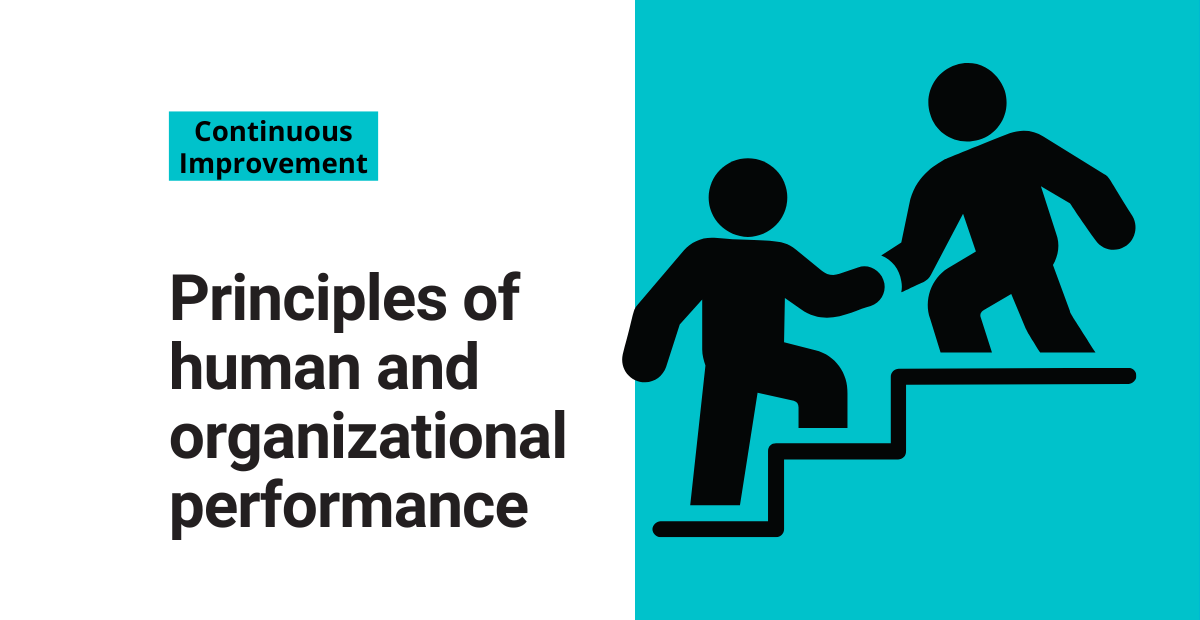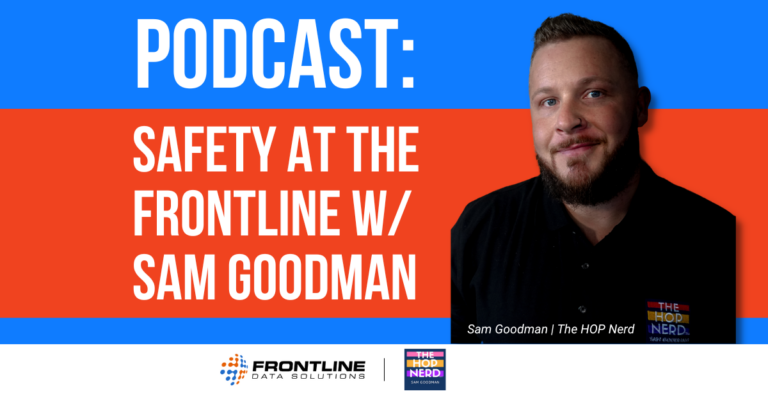A couple of weeks ago, I had the honor of talking to Sam Goodman, The HOP Nerd, about human and organizational performance. I was fascinated by the approach that tugs on everything we’re used to seeing in EHS. As I did my own research, I noticed only a handful of resources explain the true value of human and organizational performance. So, here’s a quick takeaway from our conversation.
What is human and organizational performance?
Let’s start with the technical definition of human and organizational performance. It is a scientific approach to better understanding how people perform and why they make mistakes. HOP is a set of principles for leadership to utilize, that works to build resilience towards human error. This approach significantly impacts both human and organizational performance, especially for leadership. But why is that necessary?
Even as kids we don’t shy away from saying “it wasn’t me, I didn’t do it” or better yet, “it was X, Y did it!” So, it’s no surprise that we see the same reaction happening in the workplace. Managers, Directors, frontline workers, or just about everyone tends to point the finger at someone else.
This is where HOP comes into play, allowing organizations to get rid of distrust and parent-child relationships that exist within the work world. Human and organizational performance helps clear the roadblocks to better information. This allows them to make better decisions, understand work dynamics, and create a safer work environment.
But improving human and organizational performance isn’t a program you can implement or a habit you can pick up overnight.
Sign you need to implement HOP in your facility
According to Sam, an obvious sign that you can benefit from implementing HOP is blame culture. What happens when something bad or REALLY bad happens in your workplace? What steps does your organization take?
Starting on the path of saying “Who messed up – who did this? Or “Who broke the rules? What sacred procedure was bent?” is a good sign that you’re just defaulting towards blame. Consequently, you’re not learning deep, raw, and real information. Understanding how things go right and how sometimes things go wrong is crucial. This is because mistakes are much more common and normal than we’d like to believe in the scope of human and organizational performance.
Safety at the Frontline
To learn more about human and organizational performance, tune into our full conversation with Sam Goodman, The HOP Nerd!
What to expect when implementing HOP
When implementing HOP, one of the things to look out for is a shift in language. An organization that’s been on the HOP path for a few years will start talking differently about incidents. You will hear more of “when x happens” vs. “if x happens.” Instead of “who failed?” you will more likely hear “what failed?”
Aside from that shift in biopower, you might also see a difference in the more traditional metrics that companies care about. These include recordable injuries or TRIR (Total Recordable Incident Rate). The number of first aid and recordable events might peak. Nevertheless, don’t let this scare you the slightest bit. This is a natural part of learning that deep, raw, and real information previously mentioned, crucial for human and organizational performance.
HOP creates an environment where nobody receives the blame and can tell you the complete truth. Your workers are going to be way more comfortable reporting a near miss or incident. They might have previously overlooked it because they don’t want to get “blamed.”
You might start to realize that safety is not the absence of near misses and incidents, it’s the presence of it. It becomes the ability to incur failure without catastrophic outcomes. Understanding that organizations are never going to completely “eliminate” failure is also key to unique human and organizational performance insights.





